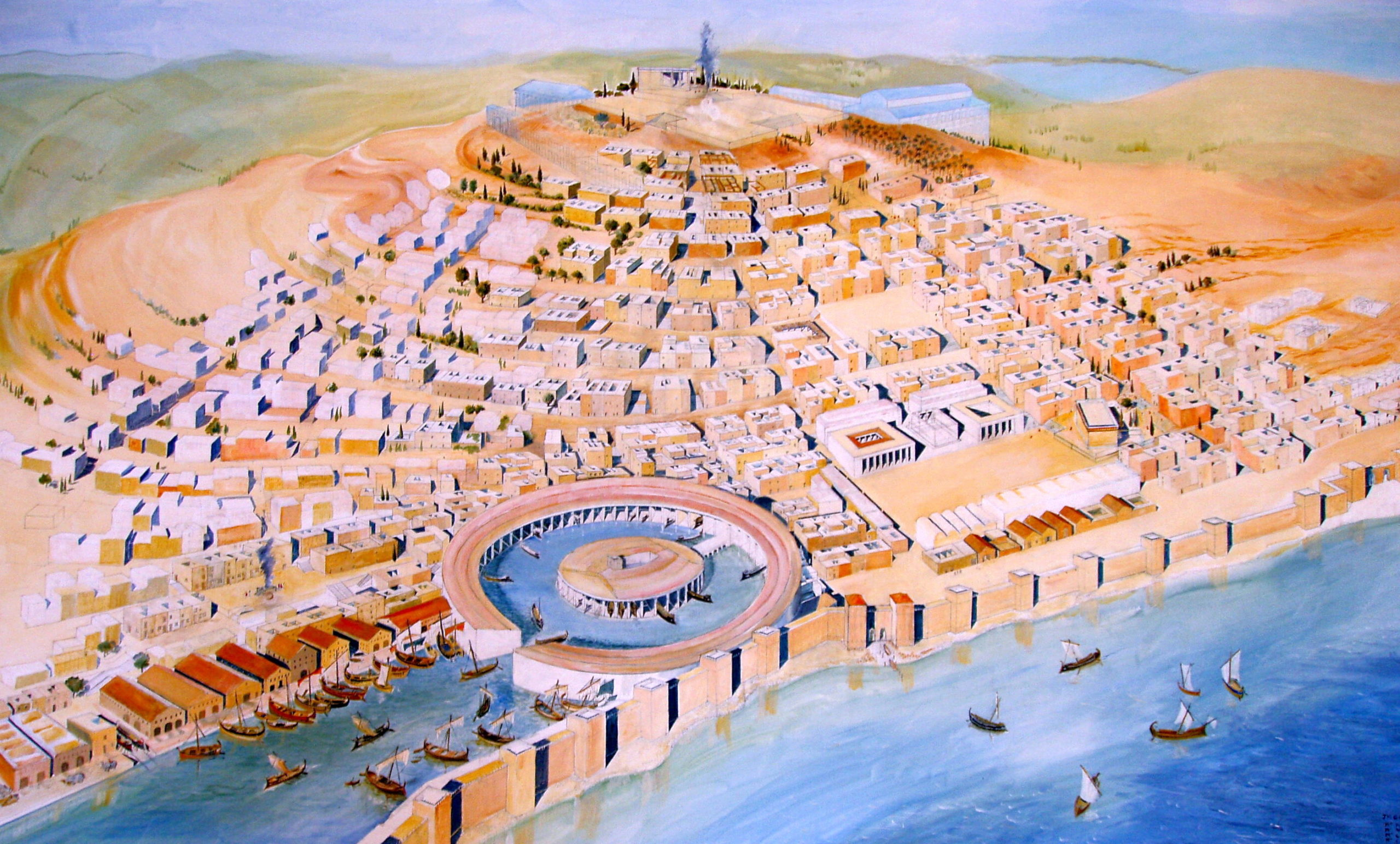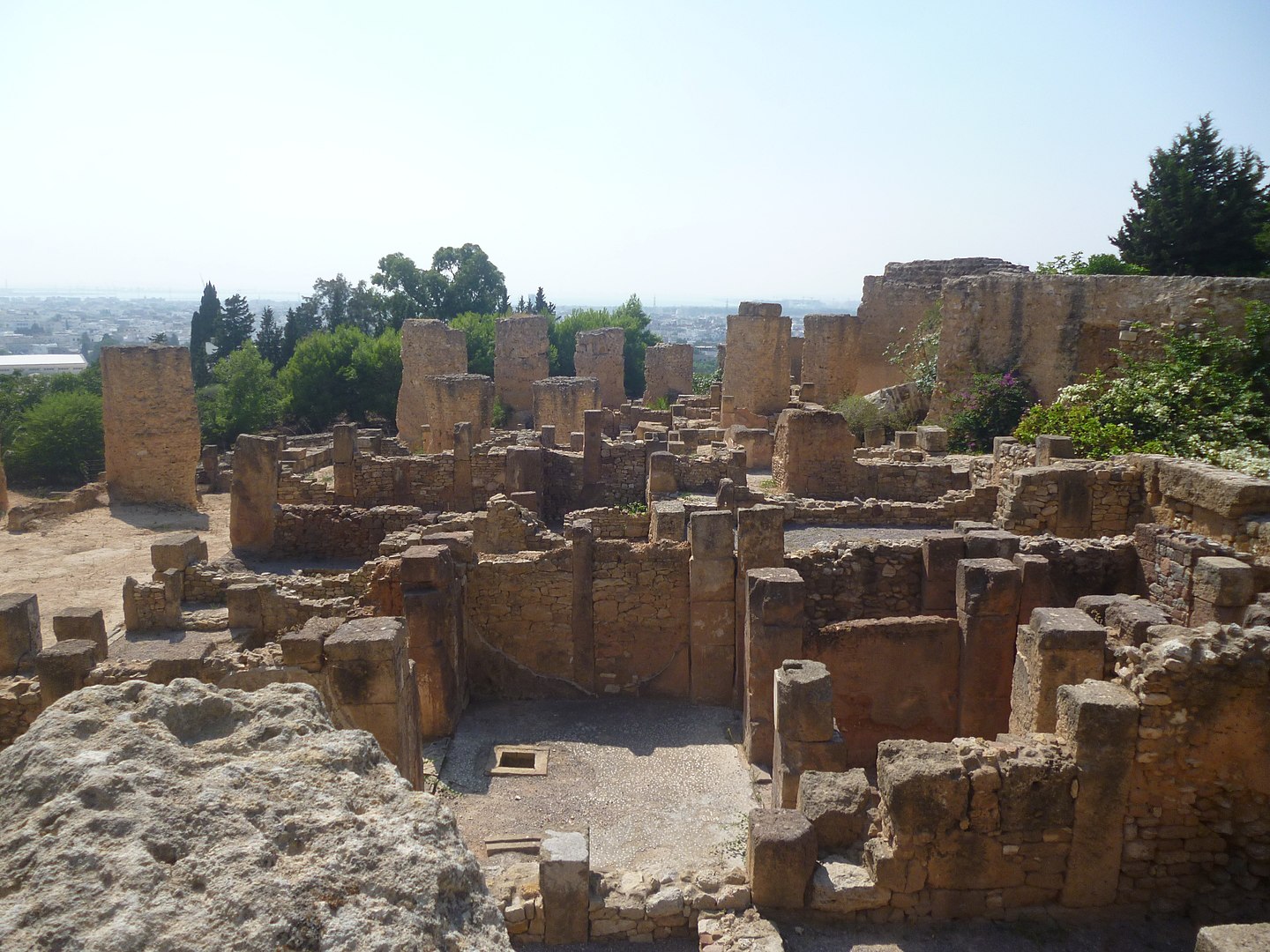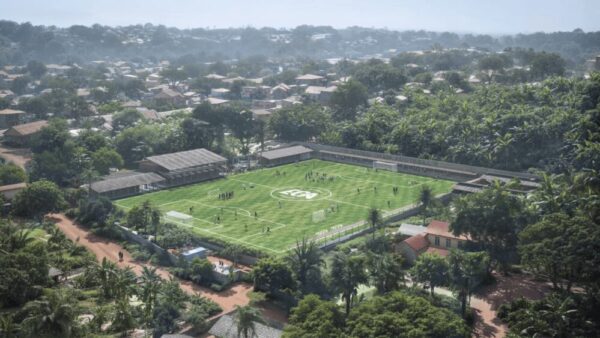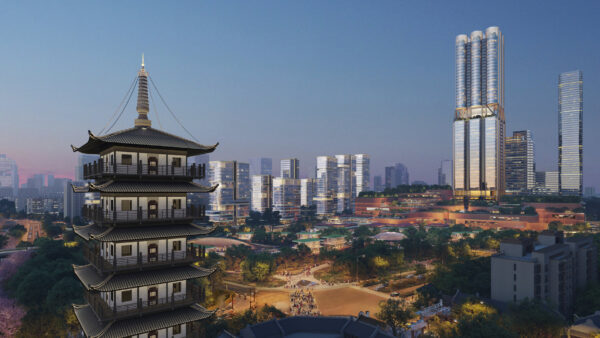
Stuttgart firm Bez + Kock Architekten has received the €50,000 first prize in an international competition to improve two of the most important cultural sites in Tunisia: the Byrsa Acropolis and the Carthage National Museum.
The 5ha acropolis is located above the harbour of ancient Carthage on the site of a Phoenician citadel. It includes archaeological remains, a square, an esplanade, and the former cathedral of St Louis.
The next-door museum was founded in 1875 and has a collection of jewellery and ceramics, as well sarcophagi, glass masks, and examples of Punic architecture.
The brief for the project is to transform the site by putting the historic buildings and landscaped areas “into dialogue”.
Tunisia’s culture ministry wants to make the site accessible to all visitors and to improve its environmental performance.

The competition was organised by the International Union of Architects and French government agency Expertise France in collaboration with the Tunisian culture ministry and with the support of the EU.
Bez + Kock, a 50-architect practice that specialises in cultural projects, entered in association with Koeber Landschaftsarchitecture and Grauwald Studio. Their design was chosen from a field of 94 anonymous entries from firms in 30 countries.
The jury said its concept promoted “a relaxed and natural way of experiencing the site”. The landscape approach was praised for establishing a “strong relationship between the exterior and interior experience”, and the plans for the refurbishment of the museum were considered to be “future-oriented and particularly appropriate to expose archaeological findings”.
The jury recommended that the client develop the project further in order to realise “the incredible potential of the proposed architectural concept”.
Second prize went to a Tunisian-French consortium with Septembre as the lead architect.
The competition was launched in September last year (see further reading).
Further reading:






